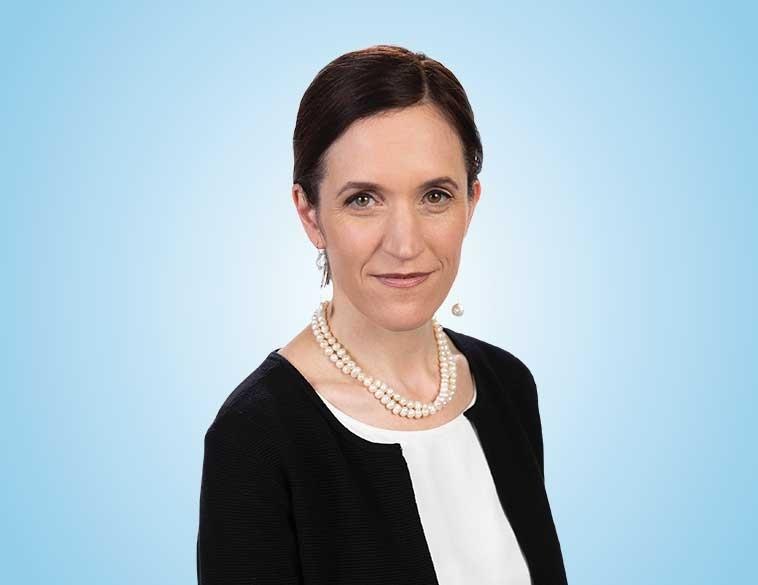2023 won’t be a great year, but it’ll likely be better than 2022
As we get a little deeper into 2023, we might safely breathe a little sigh of relief. Everything is relative, but so far, we believe we’ll have a better year than anticipated as we closed out 2022.
Last year, we were facing compounding uncertainties: the Russian invasion of Ukraine and its resulting shocks across the global economy; inflation that was proving less “transitory” than policymakers had initially believed (the numbers kept kicking up; and consequently, interest rates went from 0.25% to 4.50% in less than a year). Plus, vehicle shortages were still a major issue and soaring house prices took a nosedive as the year advanced, while food prices rose and remained stubbornly high.
Rates may have reached their peak
Looking ahead, inflation is still high in 2023, but it’s coming down. At Scotiabank, we believe the Bank of Canada is done with rate hikes, and by the end of the year, rates could start coming down.
There are global factors working in our favour as well. China is reopening from its COVID-19 lockdowns. The country is a huge factor in the global economy, and when China grows and consumes, it “floats all boats” in other markets, including improving oil prices. Europe also looks like it will avoid the energy crisis that it expected to face over the winter due to the war. We expect it will still have flat growth, but that worst-case scenario has been removed.
New-vehicle prices should remain high
It’s not clear if new-vehicle prices will soften even if inflation comes down. Vehicle production has been bumpy and it’s still catching up, and with the uncertainty, this could curb enthusiasm around the rebound. Furthermore, the cost of production remains relatively elevated due to the cost of labour, energy and materials. We believe there will still be supply constraints that should keep vehicle prices elevated over the course of 2023.
A part of this equation is demand, where we still see signs of resilience despite currently weak sentiment. As the year advances, we expect to see a pivot with consumers. We’re seeing it as housing price corrections are already waning, and economists believe the market will reverse by mid-year. Once that happens, the consumer psyche becomes, “If I don’t get in now, I’ll be competing in a market where prices are going back up,” and there is a frenzy in purchasing houses.
More car buyers are coming
We expect a similar pivot for auto consumers. With inflation and the cost of living coming down, financing costs coming down and vehicle pricing at least stabilizing (and a realization that there are not likely to be massive incentives in this slowdown), potential buyers are likely to come to market in greater numbers. This will be reinforced by pent-up demand after three years of aging vehicles that couldn’t easily be replaced during the microchip shortage, and increasingly greater selection and availability on dealer lots.
Overall, consumer well-being is still relatively robust. We have incredibly strong labour markets with rising wages, and the cash balances of the average Canadian are still elevated. Consumer confidence is what’s missing right now, but the silver lining is that the lack of it isn’t being driven by the financial devastation you’d see in a sharp downturn. We don’t think 2023 will be a great year or even an easy one, but so far, it’s looking better than we thought when we closed out 2022.



